One of north-east Scotland’s most charismatic rock era musicians, Johnny Gray has died aged 69 at home in Dunfermline.
Part of Spiggy Topes – a band who supported Deep Purple, Slade and Fleetwood Mac, Johnny played to 20 million listeners on Radio 1 before joining Fife band, Crooked Jack.
Johnny toured Scotland – Gretna to Shetland in the late 1960s and early 70s. Rising to prominence in the Glasgow rock-club scene from 1969 onwards, he did as many gigs in rural towns and villages.
Johnny leaves behind a catalogue of songs and was jointly the originator of what later became known as ‘Celtic Rock’. His bass-guitar stage and harmony singing skills are fondly remembered by their fans.
Spiggy Topes
Johnny Gray was born on May 5, 1953 in Thurso, Caithness. He was the youngest of 10 for boilerman Robert Gray and wife Annabel.
He spent his first nine years in their three-room house in Thurso town centre. There was no running water and the kitchen and living room doubled as bed-space for the family of seven boys and three girls.
In 1956, the Gray family were allocated a new four-bedroom house on the Springpark estate, where Johnny spent the rest of his school-days.
He was part of a newly-formed band comprising two other Thurso High school-leavers, Graham Walker and Roger Niven. This was the birth of Spiggy Topes, named after Private Eye magazine’s moniker for the archetypal rock star.
At 17 Johnny wrote ‘A Moment Fine… Piano Music on My Mind’ for teenage sweetheart Janis Kelly, from Inverness, who later become lead soprano with English National Opera and starred on Broadway.
20 million listeners
Notable also was Johnny Gray’s complete re-writing of the song ‘The Blues Run the Game’ to mark Raith Rovers winning the Scottish League Cup in 1994.
He also composed the music to mark the 200th anniversary of the construction of Aberdeen’s Union Street. And age 17 he played live to a UK-wide audience of over 20 million with his own track First Time Loser during his band’s debut set on Radio 1 Club from the Beach Ballroom.
This fortuitous event came about because the night before the BBC radio producer was told that booked popstars Vanity Fayre had cancelled. Lyons turned to Aberdeen music-promoter Gordon Hardie to nominate a replacement.
Legend has it that a search began for the most capable rock-band in the Granite City, but Spiggy Topes were not at their usual residential caravan home at Nigg.
The group had left to catch the early-morning ferry from Caithness to Orkney for two weekend evening dates in Kirkwall.
The story goes that Grampian Police was called in and officers stopped the band’s van on the A96 near Elgin with a message to urgently telephone Mr Lyons.
They arrived back for an 8am audition, and Spiggy Topes became one of only six groups in Scotland to be cleared by the BBC for playing live spots on the Radio 1 Club.
Deep Purple
The Spiggy Topes band was joined by Marek Kluczynski of Inverness as singer, flautist, harmonica and saxophone player. Johnny and Marek became the group’s main song-writing duo and all of Spiggy Topes original material was jointly credited.
Their popularity grew and they began touring, making a trip to the Faroe Islands when the historic first moon-landing was made, but there was no TV service on the islands.
Niven and Walker eventually left the band to retain their Aberdeen University places and were replaced by guitarist Arthur Farrell from Glasgow and Lanarkshire drummer, Derek ‘Corky’ Weir.
Johnny remained the sole founding member from Thurso and the group went on to support Deep Purple’s Scottish debut at the 1,900-seat Electric Garden in Glasgow.
They were soon headliners in their own right and recorded a two-track at Grampian Records studios in Wick, owned by Jimmy Johnstone.
The summer of ’69
After making contact with London music executive Bob Halfin, the group organised a show-piece gig at the Caledonian ballroom in Inverness, in summer 1969.
Halfin worked for what was then the UK’s biggest independent music publisher, Campbell Connelly. The firm had just scored big from Otis Redding’s Try a Little Tenderness and held the publishing rights to Hey, Big Spender.
At Halfin’s invitation, Johnstone went to London to meet Campbell Connelly boss, Roy Berry. The duo predicted the rise of music cassettes and their impact on vinyl album sales. So using music industry finance, Grampian Records was transformed into Scotland’s only cassette factory.
Fleetwood Mac
The big disappointment of Johnny Gray’s early career came in June 1970. Scotland’s first planned outdoor rock festival, ‘Scene 70’ at Hampden Park, was cancelled with only three days notice.
Spiggy Topes was one of only three Scots bands invited to play in the international line-up which was to be headlined by Chuck Berry.
However they did go on to support Slade and Fleetwood Mac, whose manager they ended up sharing.
During one gig in Forres, backing Toe Fat, singer Cliff Bennett listened intently to Spiggy.
Within three months Cliff came back with a proposal; he would replace Toe Fat with Spiggy Topes so long as they change their name to Rebellion.
They would be directly under Fleetwood Mac’s manager, who produced an LP plus several singles and secured a release for those on the prestigious US-owned CBS record-label.
The album was critically well received, sold well in Scotland but poorly in other markets and ultimately the deal did not work out.
Fife band, Crooked Jack
After that, Johnny Gray spent time with several rock outfits including Heidi with ex-Thin Lizzie guitarist Brian Robertson, and with R&B singer Curtis Knight, who made a career out of claiming he discovered Jimi Hendrix.
He then joined Fife-based Crooked Jack playing and singing folk songs, kids’ songs, silly songs and sentimental Scots ballads. He recorded two LP albums with them, played at ceilidhs and weddings and toured extensively overseas.
Although Crooked Jack performed mainly at holiday camps during the Scottish tourist season, they also did children’s events and in winter toured the Antipodes.
On one occasion a quick stopover at Bangkok allowed them to perform at a Burns Supper for the British Ambassador to Thailand.
Johnny Gray remembered
Johnny’s music via Spiggy Topes feature on A Bucketful of Rubbish featuring late 60s British bands, published in 1993 in America. Those include Come Away Melinda and Mister Sullivan.
Johnny died suddenly in mid-July at his home in Dunfermline which he shared with his partner of over 30 years Iona Cowper, originally from Cromarty.
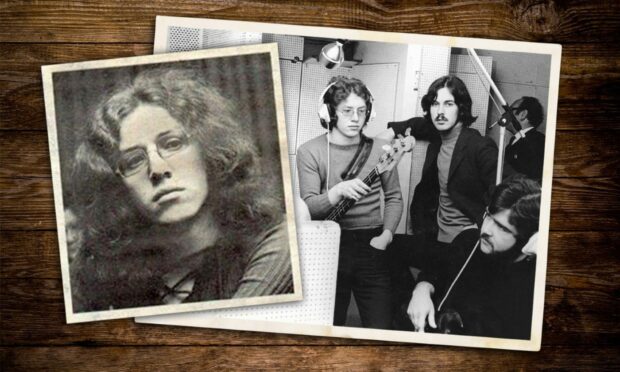
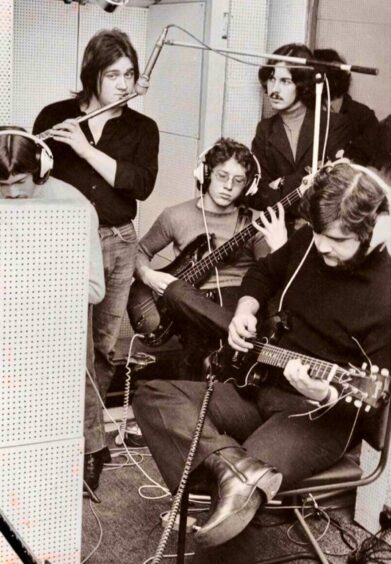
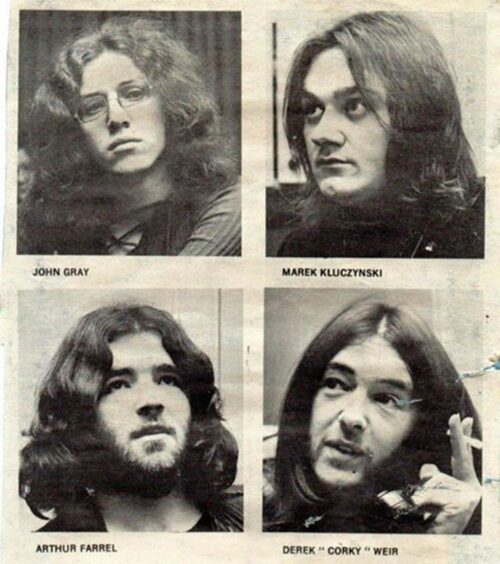
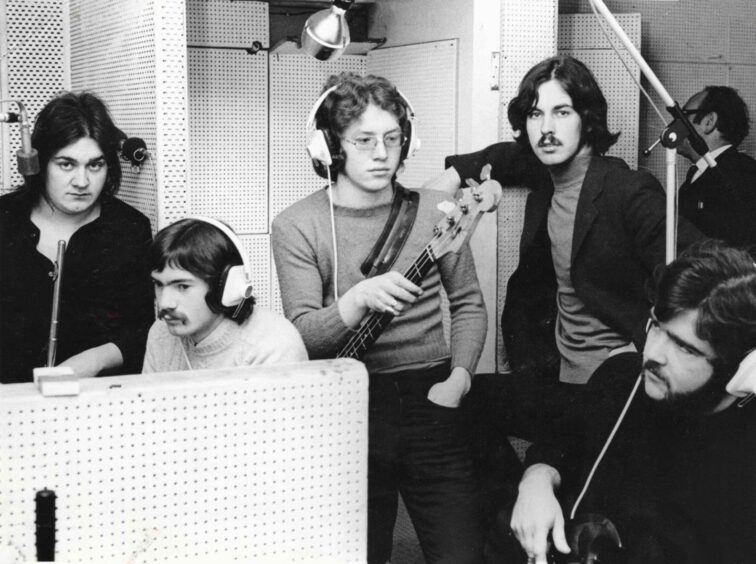
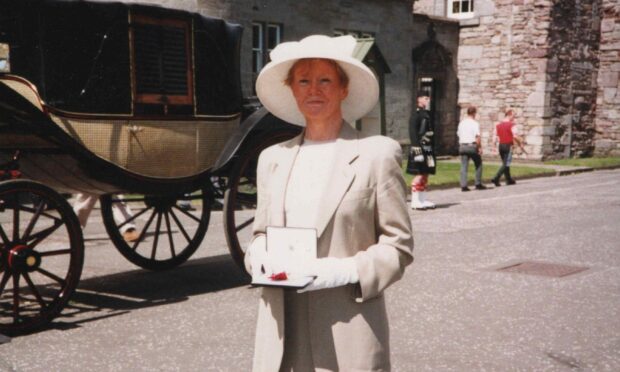
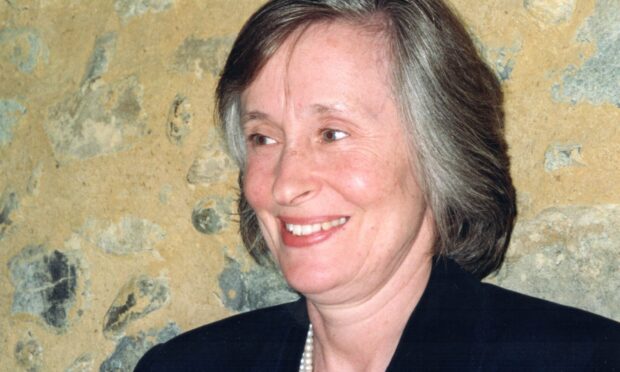
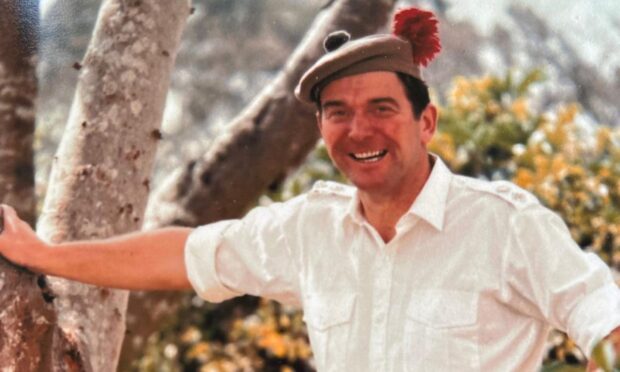
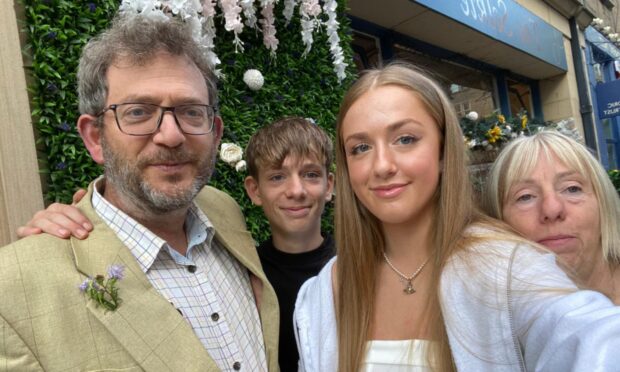
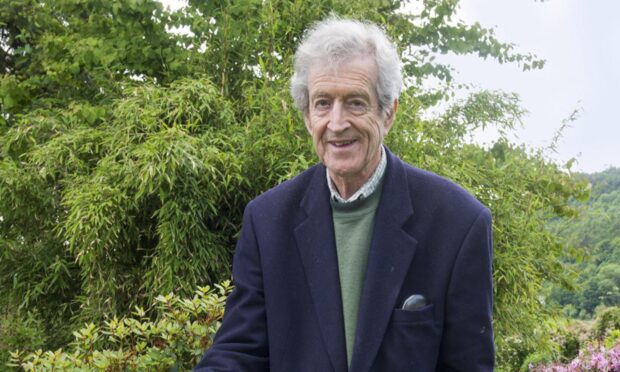
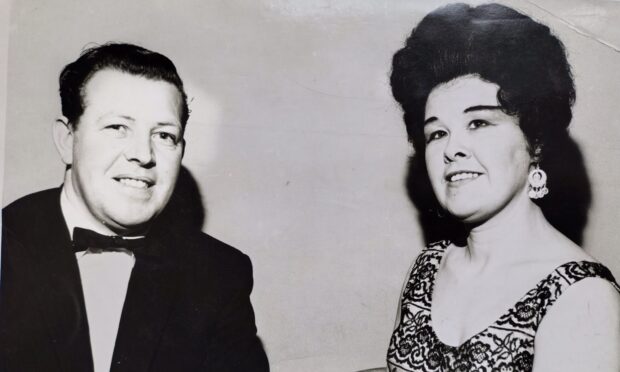
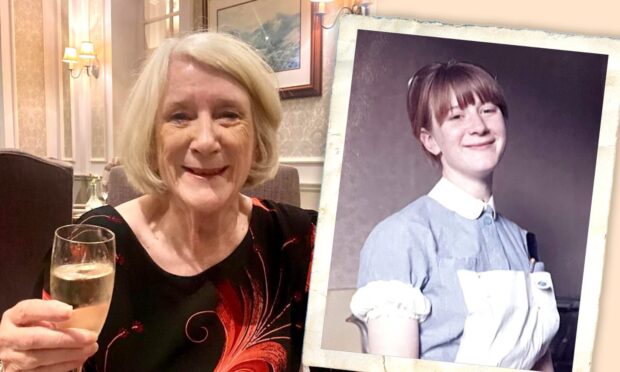
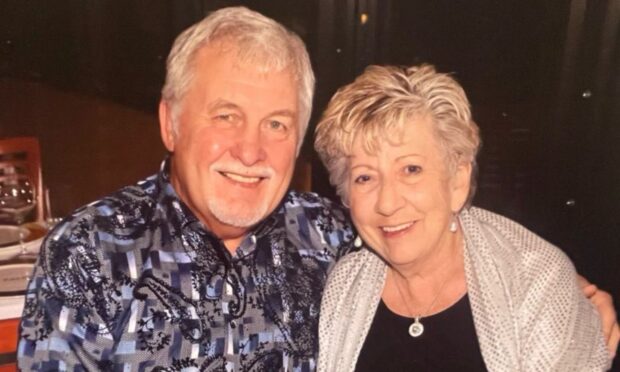
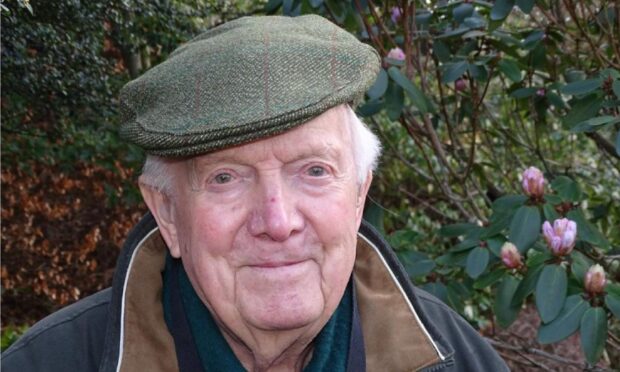
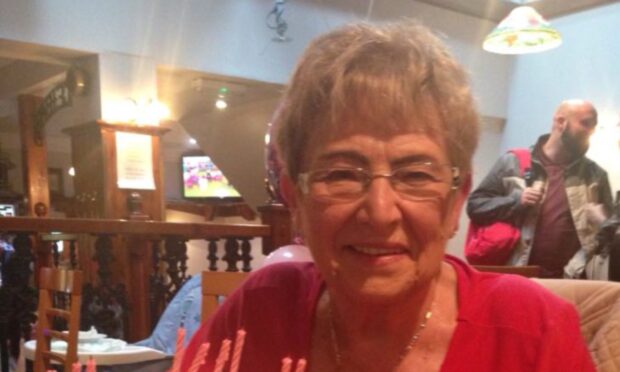
Conversation